Never mind.
I now have something that oscillates on DC and it is better than any bipolar transistor.
When it shorts to ground it does so with 0.33ohms and when it is open it's like 500Kohm open.
Who needs bipolar transistors anyway
I now have something that oscillates on DC and it is better than any bipolar transistor.
When it shorts to ground it does so with 0.33ohms and when it is open it's like 500Kohm open.
Who needs bipolar transistors anyway


 Gedfire didn't mention what value he is using for his C1. Also, Gedfire mentioned a 'diode bridge', so I was assuming he was intending a full wave bridge rectifier setup. The way he has it connected in now would not be a proper full wave bridge setup, but maybe that is how he intended it. I wouldn't think that 340V peak would cause a 400V electrolytic to get damaged, but I haven't played around with circuits like that, so not certain. Maybe there is something else going on there. Accidentally hooking up an electrolytic capacitor backwards could definitely cause it to explode though, especially at those kind of voltages.
Gedfire didn't mention what value he is using for his C1. Also, Gedfire mentioned a 'diode bridge', so I was assuming he was intending a full wave bridge rectifier setup. The way he has it connected in now would not be a proper full wave bridge setup, but maybe that is how he intended it. I wouldn't think that 340V peak would cause a 400V electrolytic to get damaged, but I haven't played around with circuits like that, so not certain. Maybe there is something else going on there. Accidentally hooking up an electrolytic capacitor backwards could definitely cause it to explode though, especially at those kind of voltages.





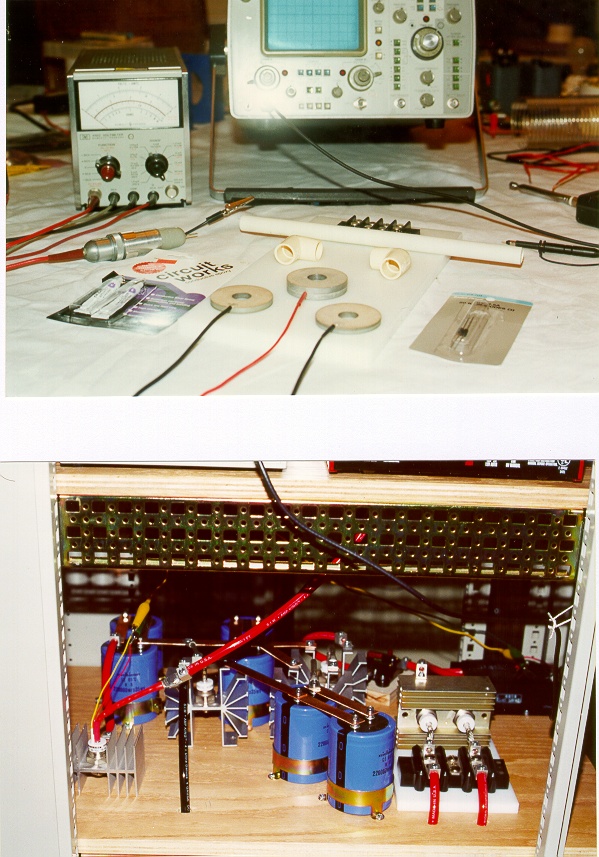
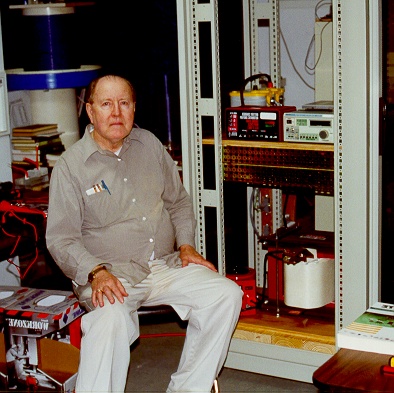
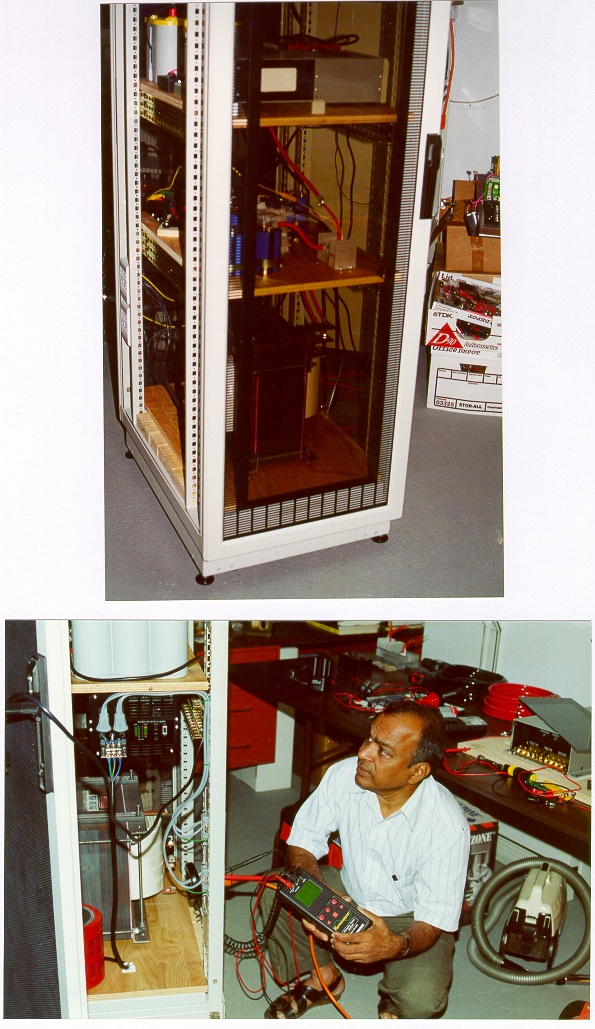
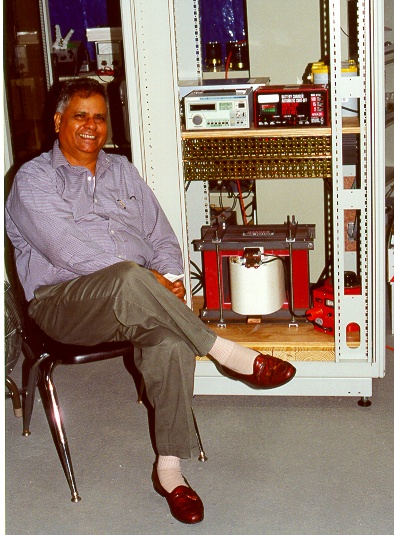
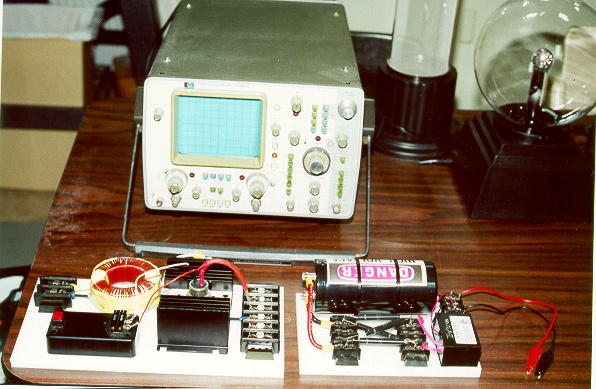

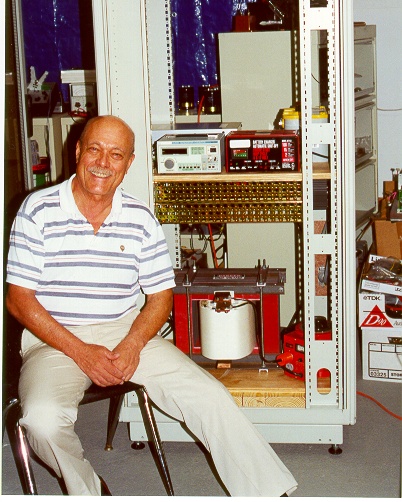
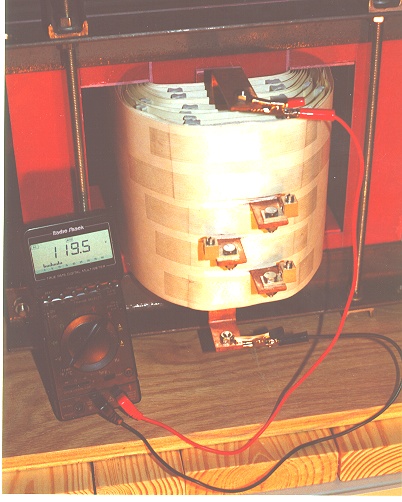
Comment